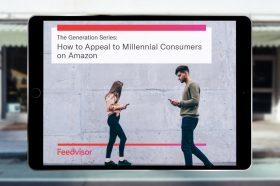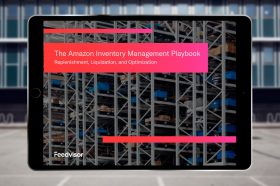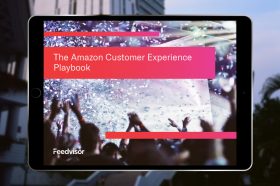Resources - Blog
Amazon Expert Briefing: Leveraging Product Innovation to Maximize Your Private Label or Brand Success
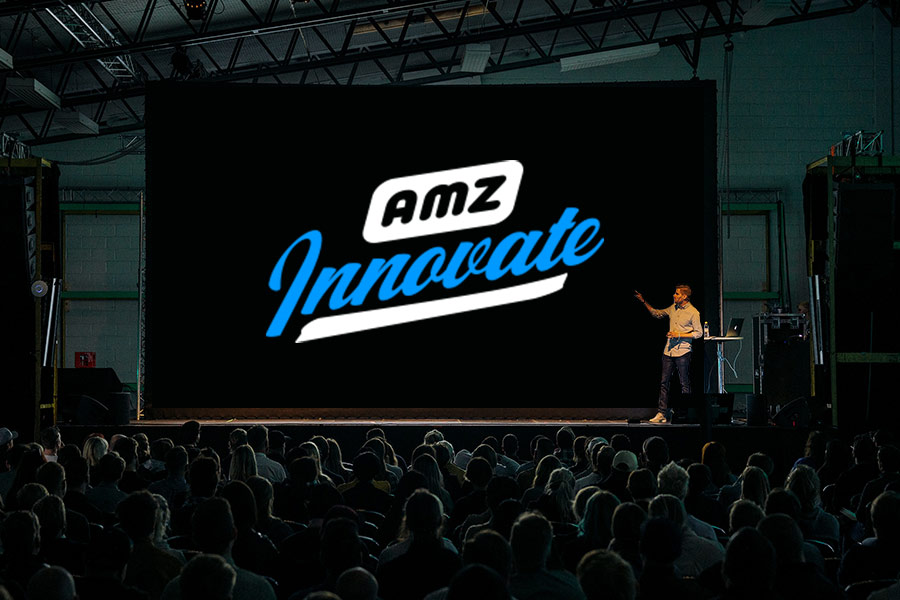
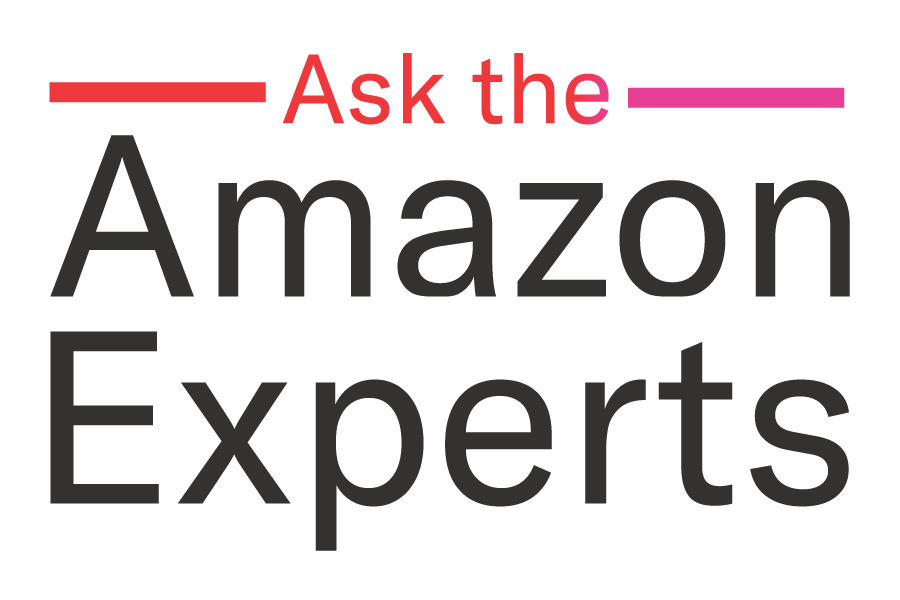
It is no secret that Amazon’s reseller market has become highly saturated and competitive. Within certain categories, such as electronics and apparel, sellers are competing against more than 60 other similar storefronts. Because of this, there has been a major pivot toward the creation of brands and private label products. In fact, over 32% of Amazon retailers plan to launch private label products in 2019. Keeping this statistic in mind, Feedvisor attended AMZ Innovate 2019 to learn more about the tactics successful private label sellers are leveraging to win against indirect competition and scale quickly. Christine Krogue, seven-figure Amazon private label seller and CEO of Mama Moon Boutique — manufacturer of the Smart Sheep, Inspiration Play, and Pet Pizazz brands — sheds light on her process for the creation and execution of innovative private label products. Christine’s unique methodology has allowed her to capture a significant amount of market share within her category and successfully expand into others. This blog post will highlight some of her best tips and tricks, while incorporating Feedvisor’s expertise in the space.
The Three D’s
Private label products require a significant amount of time and investment, and, unfortunately, not every good idea translates well on Amazon. Before committing to one idea or product, it is important to consider a few different factors. Christine Krogue refers to these factors as “the three D’s”: Disruptive: Is your product different? Conduct a search on Amazon for your product idea using a few different keywords and phrases. How many products appear on the SERP? How many reviews do these products have? This will allow you to gauge the indirect competition for your item. The most successful products are ones that serve a purpose and are not just “trendy” or short-lived. Demonstrable: Is your product easily demonstrable through visuals and copy? Feedback and reviews are some of the best ways to get additional exposure and increase your conversion rate on Amazon. With this in mind, you do not want to invest in a product that is hard to demonstrate through visuals and copy, as you may receive negative feedback due to the product not meeting consumers’ expectations. Democratic: Is your product something you can sell to everybody? If not, can you sell it to a large enough market? Niche markets limit business expansion and growth. When thinking of your target audience, make a list of all of the different groups and personas your product can reach. Remember to get creative and think outside of the box with this list. Christine recommends starting with the obvious personas and then branching off from there. She also recommends repeating this exercise with family, friends, or business partners so you can easily bounce ideas off one another.
Stay on top of the latest e-commerce and marketplace trends.
If your list is too short, reaching only two or three smaller market personas, this may not be the best product to invest in. Ideally, you want to have five to seven personas or groups that your product will target. Once your product passes “the three D’s” test, it is time to begin production. 1. Create a Prototype Christine recommends hiring a freelance industrial designer, such as one from Upwork, to help you sketch a few designs of your product and research materials. Eco-friendly materials are a plus, as they are both marketable and great for the environment. Once you are satisfied with your sketches, produce a prototype with a 3D printer if possible. 2. Find a Factory Finding a manufacturer can be easier than you think. Trade shows like AmCon allow you to network and speak to different manufacturers. You can also conduct research on Alibaba, which is a site that allows you to connect directly with overseas manufacturers. One helpful tip from Christine is to have a mold ownership agreement created by an attorney. This will allow you to change factories or manufacturers, if need be, while still protecting your design and product. 3. Test and Receive Feedback Once you have found your manufacturer, produce a few legitimate prototypes. Send at least 10 out to your target audience for testing and feedback. To eliminate any bias or emotion, Christine recommends sending your prototypes to people who are “one degree” away from you. For example, a friend of a friend. It is important to give your audience enough time to test your product. If it is something that will cause an immediate reaction, you can hold a focus group in your home. You will also want to test your product yourself! If you drop it, will it break? Is it something you can see yourself using long term? Remember, you are your own harshest critic, so ensure you are happy with your own product. 4. Create Packaging Packaging is almost as important as the product itself. It is important that the packaging is creative, eye-catching, and informative. This will also depend on your product’s category, but ideally, you will want your packaging to highlight the product’s most important features. There are many companies, like the emerging e-commerce giant Glossier, that have become well-known for their unique packaging, allowing them to gain more traction and popularity in the market because of it. 5. Experiment With Pricing Pricing is one of the most challenging aspects of bringing your product to market. Many sellers struggle to find the “sweet spot” pricing that brings in enough demand, without sacrificing their margins. Feedvisor recommends calculating your operating profit margin for your items by taking into account all of your costs. Once you have that, you know exactly what the price point needs to be to achieve your goal margin. Using software to adjust your prices can help you quickly figure out what that “sweet spot” is on the ever-changing Amazon marketplace. Feedvisor’s private label ProductSphere™ pricing technology not only helps you identify your indirect competition, but it also uses machine-learning and AI-powered technology to intelligently adjust your prices with a specific profit or revenue goal in mind. 6. Get Reviews! As mentioned earlier in this post, reviews are crucial on Amazon, as they can greatly affect your target audience’s buying decisions. Another speaker at AMZ Innovate 2019, seven-figure Amazon seller Brandon Fuhrmann, shared his most relevant tips on using product inserts to generate reviews. Brandon recommends using product inserts that evoke an emotional response to generate more reviews. These inserts should not be too long or “boring.” For example, rather than directly asking for a review, you can ask, “Do you consider yourself helpful?” He found that people will internally respond “yes” to these types of questions, driving them to leave reviews, as they will see themselves as being helpful. You can also cite the number of reviews in your inserts and use language like, “234 friends have helped us out by giving advice on our product as of this printing. Hopefully, you can help, too!”
Final Thoughts
With the right strategy and mindset, a private label brand can scale profitably and become extremely successful on Amazon. However, growing and scaling your business effectively can seem complex and daunting without the proper tools, expertise, and business insights. Feedvisor’s third-party (3P) launchpad helps your brand get started on Amazon. Our managed services team holistically manages your 3P storefront and provides business strategies, actionable recommendations, and hands-on execution through every stage of your store’s lifecycle. Our team left AMZ Innovate with several new actionable strategies and industry best practices and we hope that you will be able to utilize them to effectively expand your Amazon catalog and simultaneously grow your market share.
Learn what Feedvisor can do for your business.
When you partner with Feedvisor, you automatically receive access to our true, AI-driven technology and hands-on team of e-commerce experts. Contact one of our team members today to learn more about our end-to-end solution for brands and large sellers on Amazon, Walmart, and e-marketplaces.

